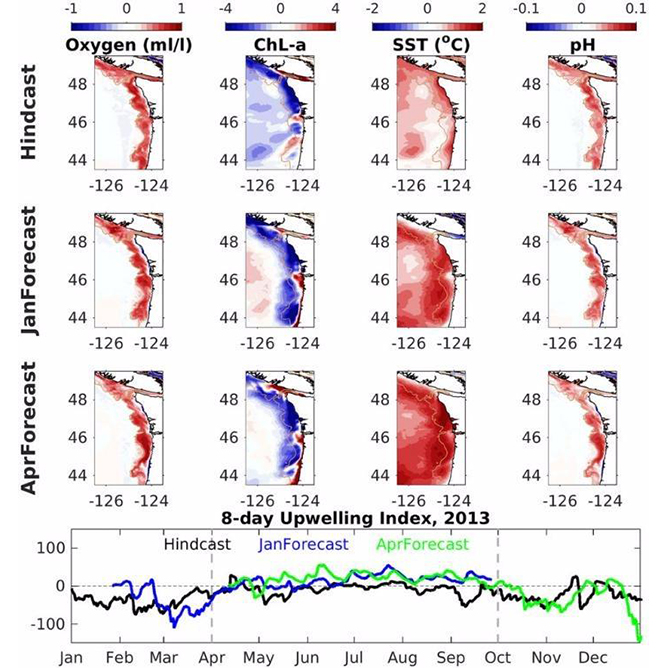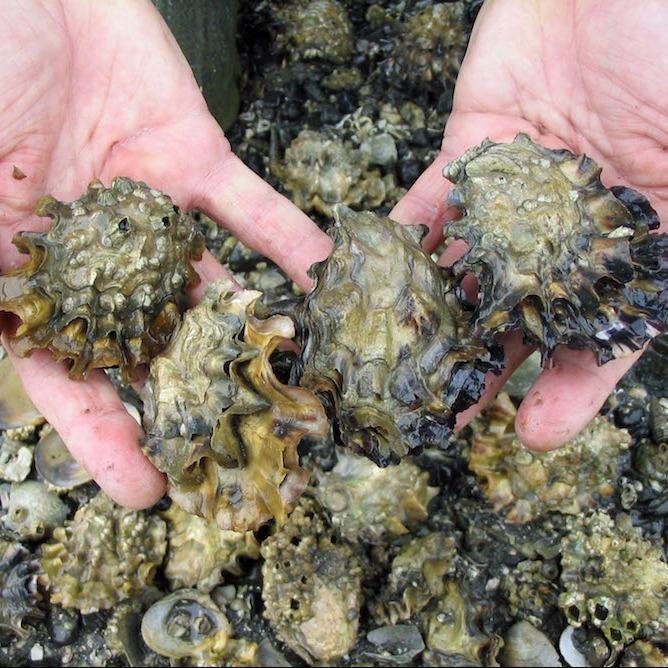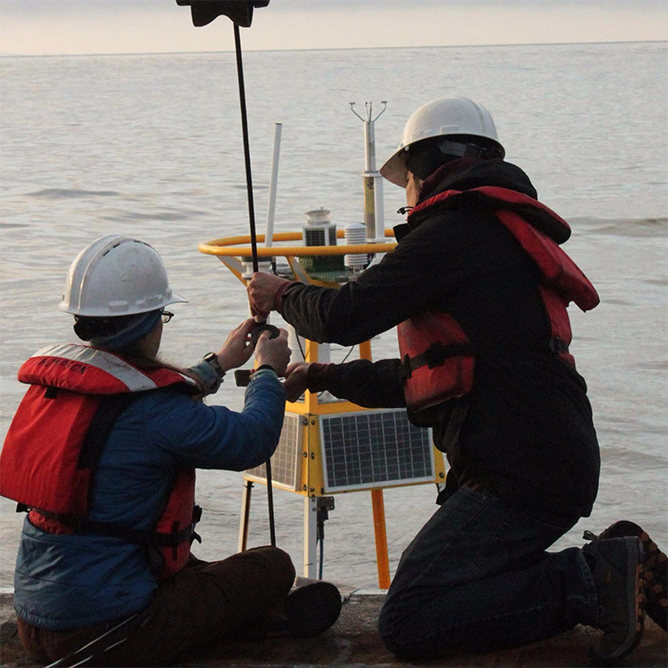Stressing over the Complexities of Multiple Stressors in Marine and Estuarine Systems
Aquatic ecosystems are increasingly threatened by multiple human-induced stressors associated with climate and anthropogenic changes, including warming, nutrient pollution, harmful algal blooms, hypoxia, and changes in CO2 and pH. These stressors may affect systems additively and synergistically but may also counteract each other. The resultant ecosystem changes occur rapidly, affecting both biotic and abiotic components and […]
Stressing over the Complexities of Multiple Stressors in Marine and Estuarine Systems Read More »


